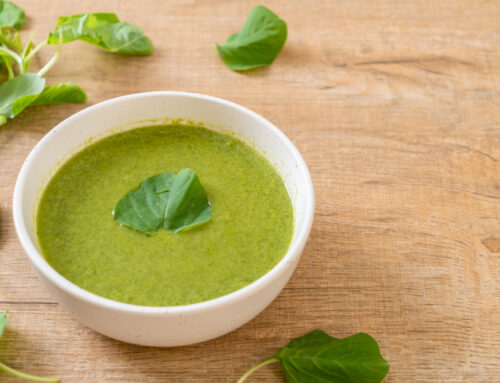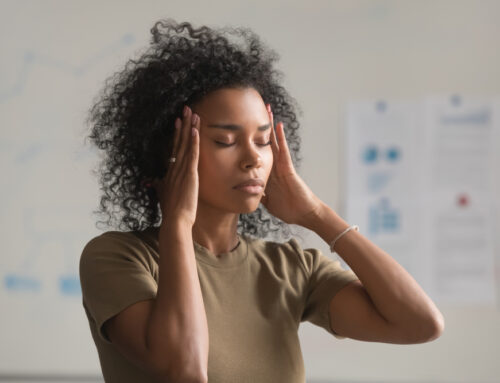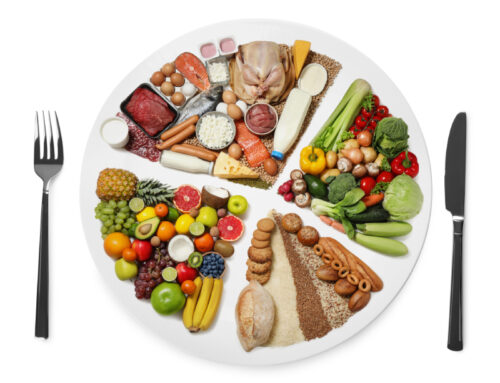 The sun can be harmful but it is also healing. The benefits of sun exposure often get overlooked due to the risks. This why we need to be sun smart and treat our skin with a balance of skin supportive diet tips, healthy sun exposure, and toxin-free sun protection.
The sun can be harmful but it is also healing. The benefits of sun exposure often get overlooked due to the risks. This why we need to be sun smart and treat our skin with a balance of skin supportive diet tips, healthy sun exposure, and toxin-free sun protection.
We have been told for the last century about the hazards of sun exposure. UVA radiation penetrates deeply into the skin, where it can contribute to skin cancer by promoting DNA damage. Sunburn is caused by too much UVB radiation; this directly damages DNA and can promote various skin cancers. Both forms can damage collagen fibers, destroy vitamin A in skin, accelerate aging of the skin, and increase the risk of skin cancers.
However, excessive ultraviolet ration exposure accounts for only 0.1% of the total global burden of disease in disability-adjusted life years (DALYs), according to the 2006 World Health Organization (WHO) report The Global Burden of Disease Due to Ultraviolet Radiation.
In contrast, the same WHO report noted that the annual disease burden of 3.3 billion worldwide might result from very low levels of ultraviolet radiation exposure.
What are the Benefits of Sun Exposure???
1. Vitamin D Exposure: There are over 1000 genes that are regulated by the active form vitamin D, including several genes involved in calcium metabolism and neuromuscular and immune system functioning.
- Type I Diabetes: Sufficient vitamin D status in early life was associated with a lower risk of developing Type I diabetes.
- Type II Diabetes and Metabolic Syndrome: Vitamin D is inversely correlated with blood glucose concentrations and insulin resistance
- Hypertension: People living at higher latitudes throughout the world are at higher risk of hypertension, and patients with cardiovascular disease are often found to be deficient in vitamin D
- Infections: Vitamin D induces cathelicidin, a polypeptide that effectively combats both bacterial and viral infections.
- Autoimmune Disorders: Sufficient vitamin D can inhibit rheumatoid arthritis, collagen-induced arthritis, Lyme arthritis, autoimmune encephalomyelitis, thyroiditis, inflammatory bowel disease, and systemic lupus.
- Cancer: Whereas skin cancer is associated with too much UVR exposure, other cancers could result from too little. Living at higher latitudes increases the risk of dying from Hodgkin lymphoma, as well as breast, ovarian, colon, pancreatic, prostate, and other cancers, as compared with living at lower latitudes.For example, it has been found that vitamin D and calcium supplementation resulted in a reduction in expected incidence rates of all cancers combined over a four-year period in post-menopausal women.
2. Beyond Vitamin D:
- Autoimmune Diseases and Direct immune suppression. Exposure to both UVA and UVB radiation can have direct immunosuppressive effects through upregulation of cytokines and increased activity of T regulatory cells. These mechanisms may help prevent autoimmune diseases.
- Balancing Immune Function: Calcitonin gene-related peptide (CGRP) is released in response to both UVA and UVB exposure. This neuropeptide is linked the development of immunologic tolerance.
- Psoriasis, acne, eczema, fungal infections: The sun has long been known to heal skin disorders.
- Pain and Mood Disorders: Ultraviolet radiation increases blood levels of natural opiates called endorphins.
- Seasonal Affective Disorder, Depression, Insomnia: As humans, we are programmed to be outdoors while the sun is shining and home in bed at night. This is why melatonin is produced during the dark hours and stops upon visual to daylight. When people are exposed to sunlight or very bright artificial light in the morning, their nocturnal melatonin production occurs sooner, and they enter into sleep more easily at night. Exposure to bright morning light has been effective against insomnia, premenstrual syndrome, and seasonal affective disorder (SAD).
How Much is Enough??
A general recommendation is to maintain vitamin D levels by consuming 2000IU of supplemental vitamin D3 and spending time exposed to the sun (3–15 minutes for whites and 15–30 minutes for blacks) when the sun is highest in the sky, with 40% of the skin area exposed.
Sun-exposed time means – no sunscreen! Sunscreen inhibits the absorption of ultraviolet rays. This approach may be difficult for people with sensitive skin. It is safe to take a moderate approach by remaining sun exposed for a longer period of time (15-30min) before 11am and after 2pm when the sun’s rays are less intense.
It is true that sunlight enters the skin through SPF sunscreen, so people can maximize their dermal vitamin D production by spending additional time outdoors while wearing protection.
Be Sun Safe NOT Sun Afraid!
The health benefits of UV radiation seem to outweigh the adverse effects. However, we must learn to be SUN SAFE. We can do this by:
- Minimizing ultraviolet radiation exposure and avoiding sunburn
- Increasing intake of dietary antioxidants, and moderating dietary fat and caloric intake.
- Antioxidants including polyphenols, apigenin, curcumin, proanthocyanidins, resveratrol, and silymarin have been shown to have a protective effect against sun induced skin cancer.
- Keep you eye on the time: Enjoy your sun-exposed time but don’t overdo it! Make sure you do not go over the recommended sun-exposed time without sunscreen or a hat and clothes that protect your skin.
- Chose a healthy sunscreen. Sunblock has many drawbacks including ingredients that are full of toxic chemicals such as oxybenzone, retinyl palmitate or other Vitamin A derivatives, octyl-methoxycinnamate, butyl-methoxycinnamate, butyl0methdiebenzoylmethane, benzophenone 2. Many of these chemicals are known to disrupt hormones and promote cancer. Visit the Environmental Working Group’s website for more information: http://www.ewg.org/2014sunscreen or visit us at https://innatewellness.ca/health-shop for more naturopathic sunscreen/sun care tips.
Sources:
World Health Organization (WHO) (2006). The Global Burden of Disease Due to Ultraviolet Radiation.
Mead, Nathaniel (2008). Benefits of Sunlight: A Bright Spot for Human Health. Environ Health Perspect. Apr 2008; 116(4): A160–A167
Environmental Working Group (2014). http://www.ewg.org/2014sunscreen/sun-safety-gets-easier





